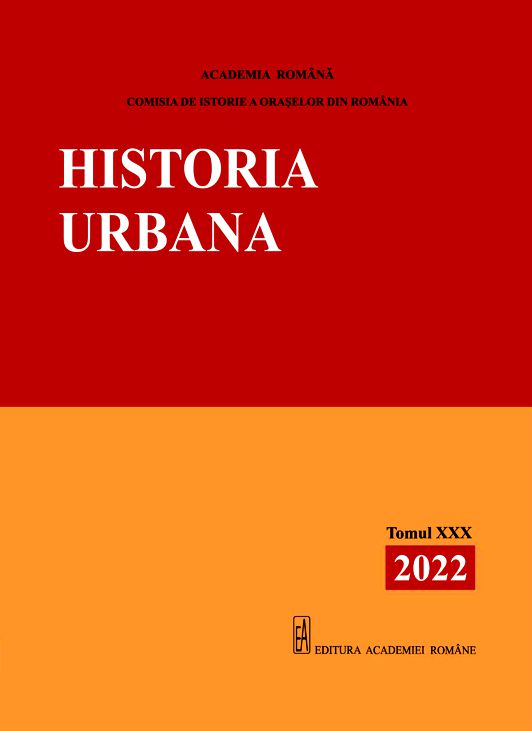Meșteșugari și orașe în Țările Române. Aspecte topografice și toponimice
Craftsmen and Towns in the Romanian Principalities. Topographic and Toponymic Aspects
Author(s): Laurențiu RădvanSubject(s): Maps / Cartography, Economic history, Local History / Microhistory, 16th Century, 17th Century
Published by: Editura Academiei Române
Keywords: Romanian Principalities; towns; craftsmen; topography; toponymy;
Summary/Abstract: The world of towns was a complex one in the late Middle Ages, as it housed people of very different backgrounds and interests. The bulk of the urban society consisted of townspeople, free people with predominantly commercial occupations, but also craftsmen, in addition to which we find representatives of other categories of late medieval – early modern society, from boyars to members of the clergy (including monastic) or slaves (robi). The larger the town, the more diverse its population. In this paper we turn our attention to a special category of townspeople from the towns of the Romanian Principalities, the craftsmen. There was no special official category of craftsmen in urban society. Often, they cannot even be differentiated from merchants, given that many of those who produced something and sold the results of their work in shops. However, we notice a concentration of craftsmen depending on the profession, with traces in the local toponymy. This is a feature of the big towns, Iași and Bucharest, together with the former princely residence towns of Suceava and Târgoviște. In other important urban centers (Craiova, Ploiești, Galați, Focșani, Bârlad, Roman, Botoșani) such specializations are observed later, especially after 1700. The reunion of several craftsmen with the same trade is noticeable in Târgul Vechi (the oldest part of the town), while in the valleys of the nearby rivers we find the craftsmen with “impure” trades, butchers, soap makers or tanners. The rest of the towns show much less evidence of this aspect, and where it appears they are a specific found rather after 1800. This is explained by the gradual penetration of the elements of modernization of towns in the late 18th and early 19th centuries. In addition to the new rules of urbanism that were introduced at this time, we are witnessing the first forms of industrial organization which, although still modest, have allowed the transition from collective organization and guild to individual business based on capital and factory.
Journal: Historia Urbana
- Issue Year: XXX/2022
- Issue No: 30
- Page Range: 15-29
- Page Count: 15
- Language: Romanian
- Content File-PDF

